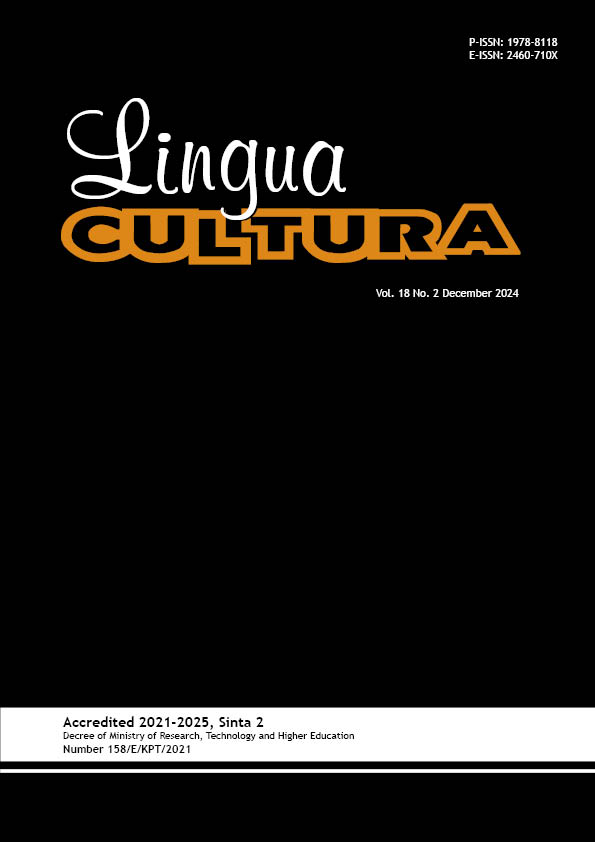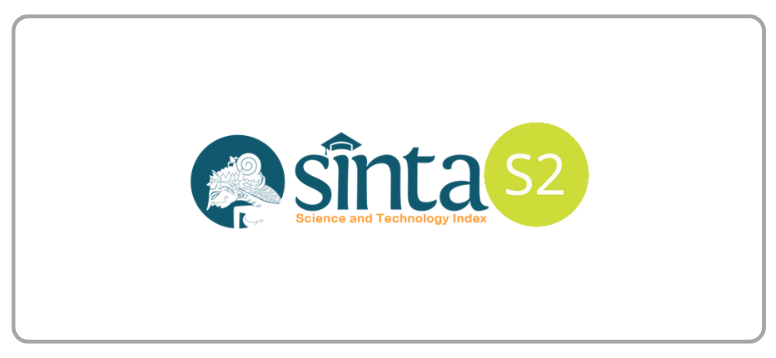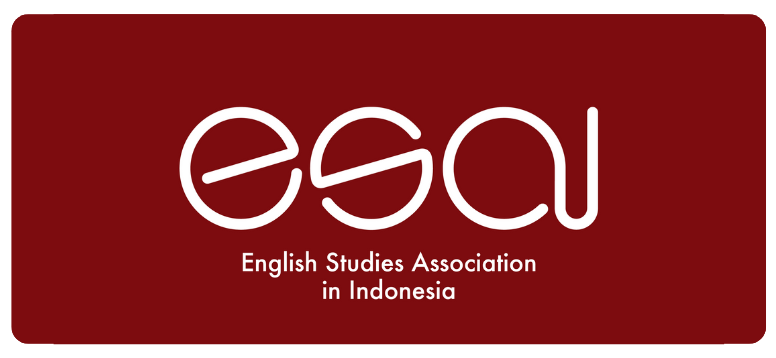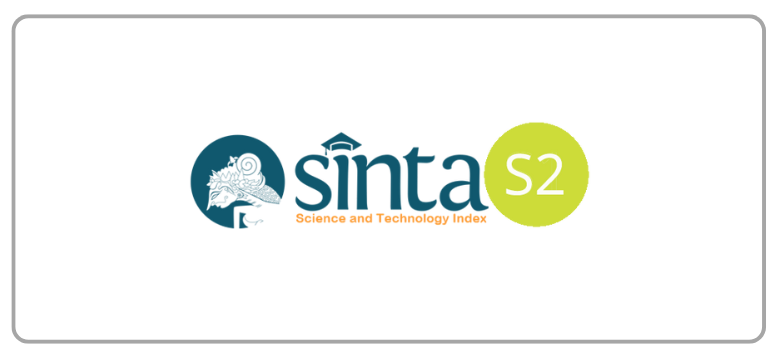Language Features and Language Ideologies in Philippine Tourism Landscapes: The Case of Baguio City and San Juan La Union
DOI:
https://doi.org/10.21512/lc.v18i2.12423Keywords:
tourism landscape, public signs, language ideologies, language featuresAbstract
Research on the languages used in public signs and the role they play in the tourism landscape still needs to be explored in the Philippines. Anchored on Pennycook’s (2007) idea of language as a local practice, this descriptive qualitative design investigated and analyzed the language/s prominently seen and the language ideologies in Baguio City (BC) and San Juan La Union (SJLU), two prime tourist destinations in the northern part of the Philippines. Specifically, the study used 160 photographs of outdoor signages in the five tourist spots of BC and 140 photos from four tourist spots of SJLU. The data were photographed, collected, and analyzed regarding the number of languages used, language choice, and language features in the signs. The signages in the shop signs of the two linguistic landscapes generally tend to use the same textual features.Findings reveal that in both the top-down and bottom-up signs of BC and SJLU, those written in monolingual English appeared to have the most number of occurrences that reflect power structure and cultural dominance; that the mixing of languages is an accepted ideology that the locals employ to keep abreast in the international market and to maintain local pride in their public spaces; and, that the use of regional languages are retained for authenticity. The research recommends the blending of functionality, creativity and cultural authenticity in the signages that can become an integral part of the tourism experience.
References
Ambion, L. (2023). Linguistic diversity and ideology in the linguistic landscape of the coffee capital of the Philippines. Scientia, 12(2). 14-34. https://doi. org/10.57106/scientia.v12i2.164.
Backhaus, P. (2006). Multilingualism in Tokyo: A look into the linguistic landscape. International Journal of Multilingualism, 3(1), 52-66.
Cantina, J. (2021). Analysis on the linguistic landscapes in Dipolog City, Philippines. ResearchGate, 12(23), 143-158.
Cenoz, J &. Gorter, D. (2023). A panorama of linguistic landscape studies. Multilingual Matters. https://doi.org.10.21832/GORTER7144.
Chen, J. S., & Hsu, C. (2000). Measurement of Korean tourists’ perceived images of overseas destinations. (38, Ed.) Journal of Travel Research, 411-416.
Dann, G. (2023). The language of tourism: a sociolinguistic perspective. CAB International.
Da Silva, A. N., Tjung, Y. S., Wijayanti, S. H., & Suwartono, C. (2021). Language use and tourism in Yogyakarta: The linguistic landscape of Malioboro. Wacana, 22(2), 295- 318.
Datang, F. A., Munawarah, S., Triwinarti, W., & Lauder, M. (2022). Signage in public spaces: Impact of tourism in the linguistic landscape of Labuan Bajo. International Review of Humanities Studies, 7(1), 92-107.
Djonda, U. & Madrunio, M. (2023). Multilingual characteristics of touristic linguistic landscape of Labuan Bajo, Indonesia. IDEAS Journal on English Language Teaching and Learning Linguistics and Literature 5(1), 44-72.
Gorter, D. & Cenoz, J. (2023). A panorama of linguistic landscape studies. Multilingual Matters. https://doi.org.10.21832/GORTER714.
Hopkyns, S., & van den Hoven, M. (2021). Linguistic diversity and inclusion in Abu Dhabi’s linguistic landscape during the COVID-19 period. Multilingua 41(2), 201-232. https://doi.org/10.1515/multi-2020-0187.
Khazanah, D., & Kusumaningputri, R. (2021). Unpacking multilingualism in tourism peripheries in Bali: Taking a look into private shop-fronts. k@ta, 23(1), 28-37. https://doi.org/10.9744/kata.23.1.28-37.
Landry, R., & Bourhis, R. Y. (1997). Linguistic landscape and ethnolinguistic vitality: An empirical study. Journal of Language and Social Psychology, 16(1) 23-49.
Li, J., & Yong, L. (2020). Minority Languages on the rise? Language on the Move: https://www.languageonthemove.com/minority-languages-on-the-rise/
Llamas, J. G. (2022). Language revitalization efforts for Cebuano: Challenges and strategies. Philippine Journal of Linguistics, 49(2), 67-82.
Lu, S., Li, G., & Xu, M. (2020). The linguistic landscape in rural destinations: A case study of Hongcun Village in China. Tourism Management, 77, 104005. https://doi.org/10.1016/j.tourman.2019.104005.
Meyer, S. & Krompák, E., eds. (2021). Linguistic Landscape and Educational Spaces. Multilingual Matters.
Pennycook, A. (2020). Innovations and challenges in applied linguistics from the Global South. Routledge.
Rampton, B. (2021). Jan Blommaert and the use of sociolinguistics: Critical, political, personal. Language in Society, 50(3), 1-12
Sholikhah, I. & Wardani, E. (2020). Multilingualism through linguistic landscapes in Baturraden tourism Resorts.Education and Humanities Research, 509.
Sah, P. K., Uysal, H. (2023). The critical intersection oflanguage, ideology, and education [Editorial]. Journal of Education, Language, and Ideology, 1(1), 1-5. https://doi.org/10.5281/zenodo.8365043.
Vivas-Peraza, A. C. (2020). English in the Linguistic Landscape of Thailand: A case study of public signs in Hat Yai. Language Value, 13(1), 23-57.https://doi:10.6035/LanguageV.2020.
Wockelmann, D. (2022). Language and tourism in Zanzibar: An analysis of othering, authenticity and power relations in tourists’ encounters. The Mouth: Critical Studies on Language. Culture and Society, 3, 8-108.
Downloads
Published
How to Cite
Issue
Section
License
Copyright (c) 2024 Angelita Mendoza, DR. ALEJANDRO S. BERNARDO

This work is licensed under a Creative Commons Attribution-ShareAlike 4.0 International License.
Authors who publish with this journal agree to the following terms:
a. Authors retain copyright and grant the journal right of first publication with the work simultaneously licensed under a Creative Commons Attribution License - Share Alike that allows others to share the work with an acknowledgment of the work's authorship and initial publication in this journal.
b. Authors are able to enter into separate, additional contractual arrangements for the non-exclusive distribution of the journal's published version of the work (e.g., post it to an institutional repository or publish it in a book), with an acknowledgment of its initial publication in this journal.
c. Authors are permitted and encouraged to post their work online (e.g., in institutional repositories or on their website) prior to and during the submission process, as it can lead to productive exchanges, as well as earlier and greater citation of published work.
USER RIGHTS
All articles published Open Access will be immediately and permanently free for everyone to read and download. We are continuously working with our author communities to select the best choice of license options, currently being defined for this journal as follows: Creative Commons Attribution-Share Alike (CC BY-SA)


















